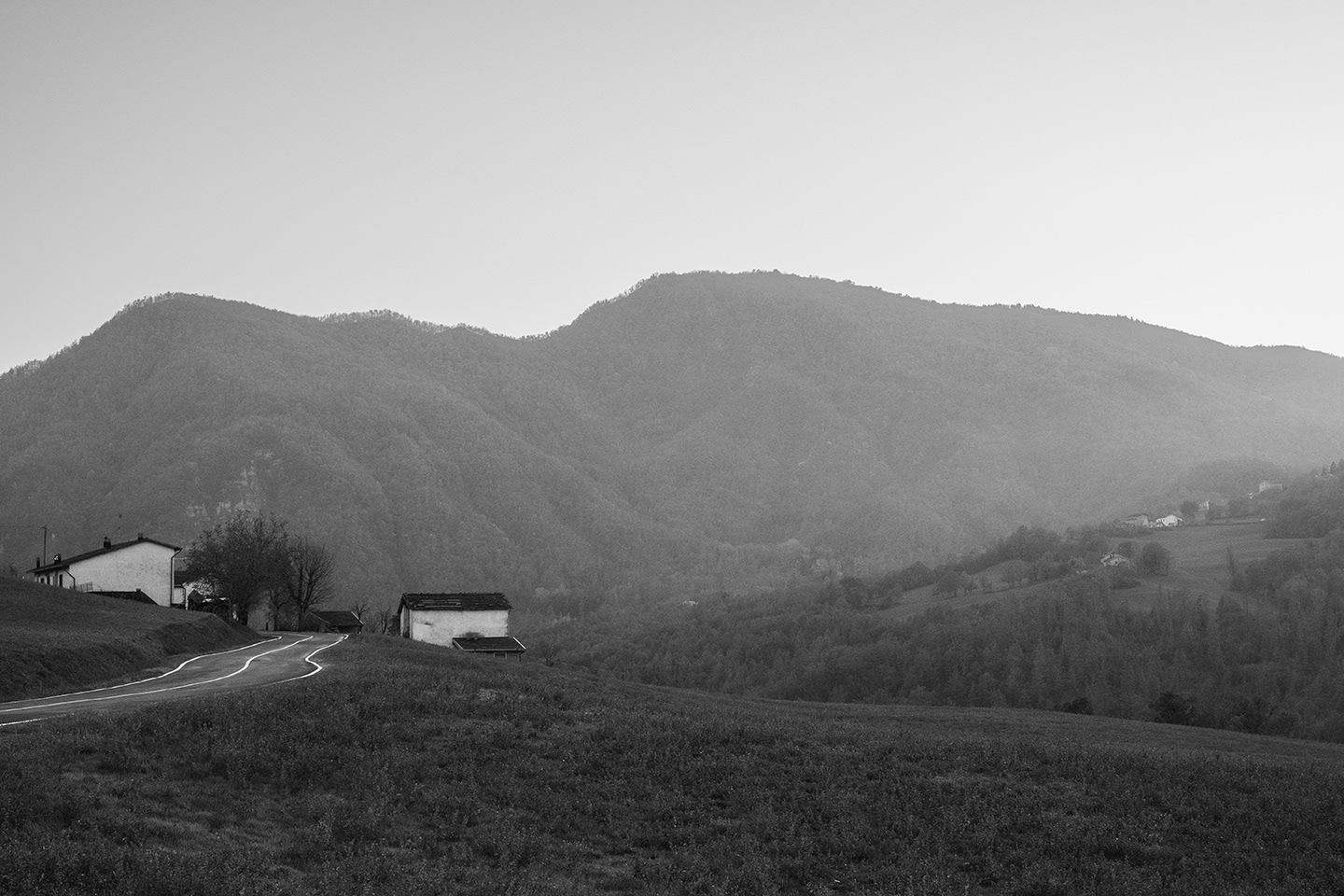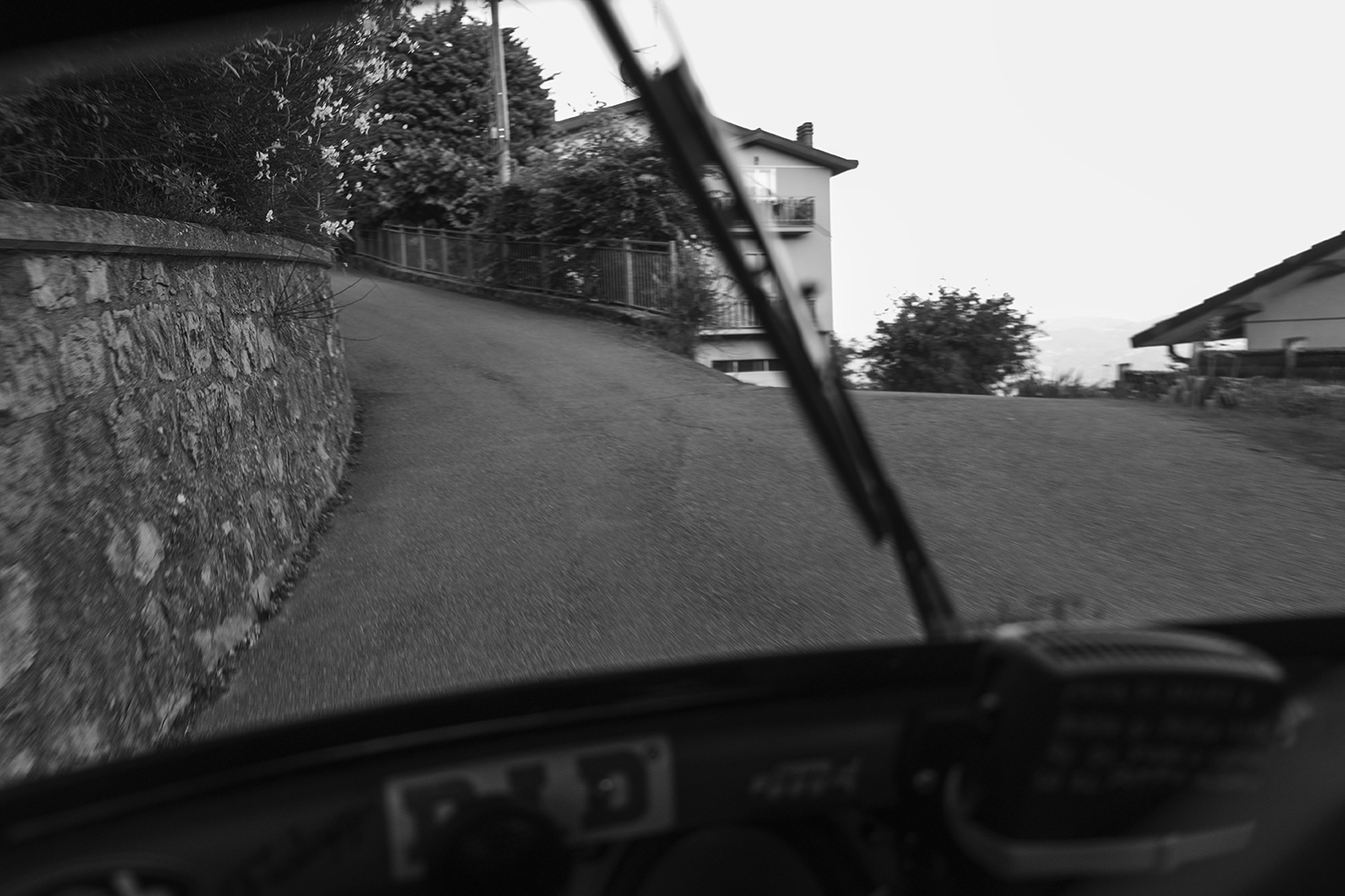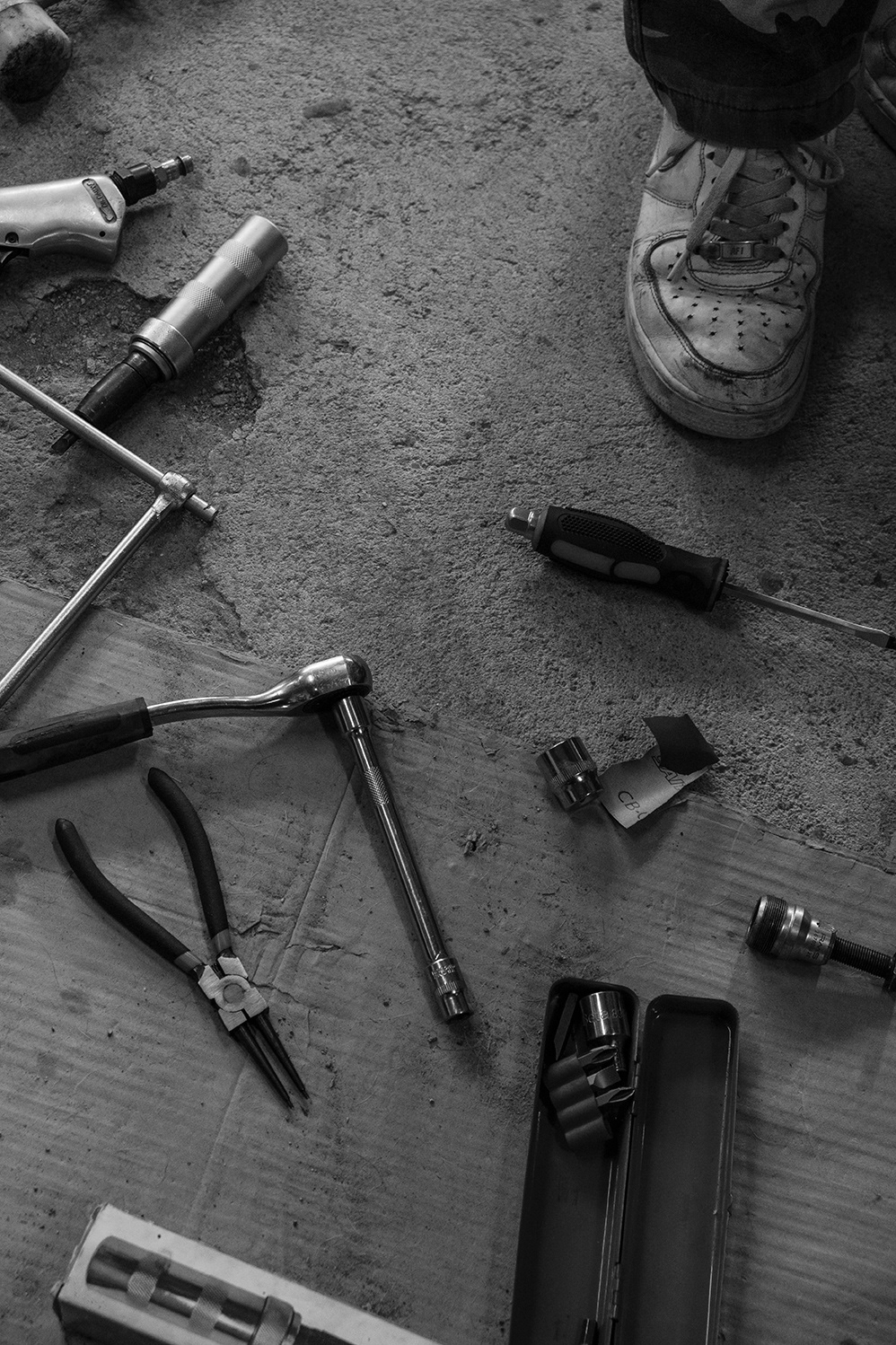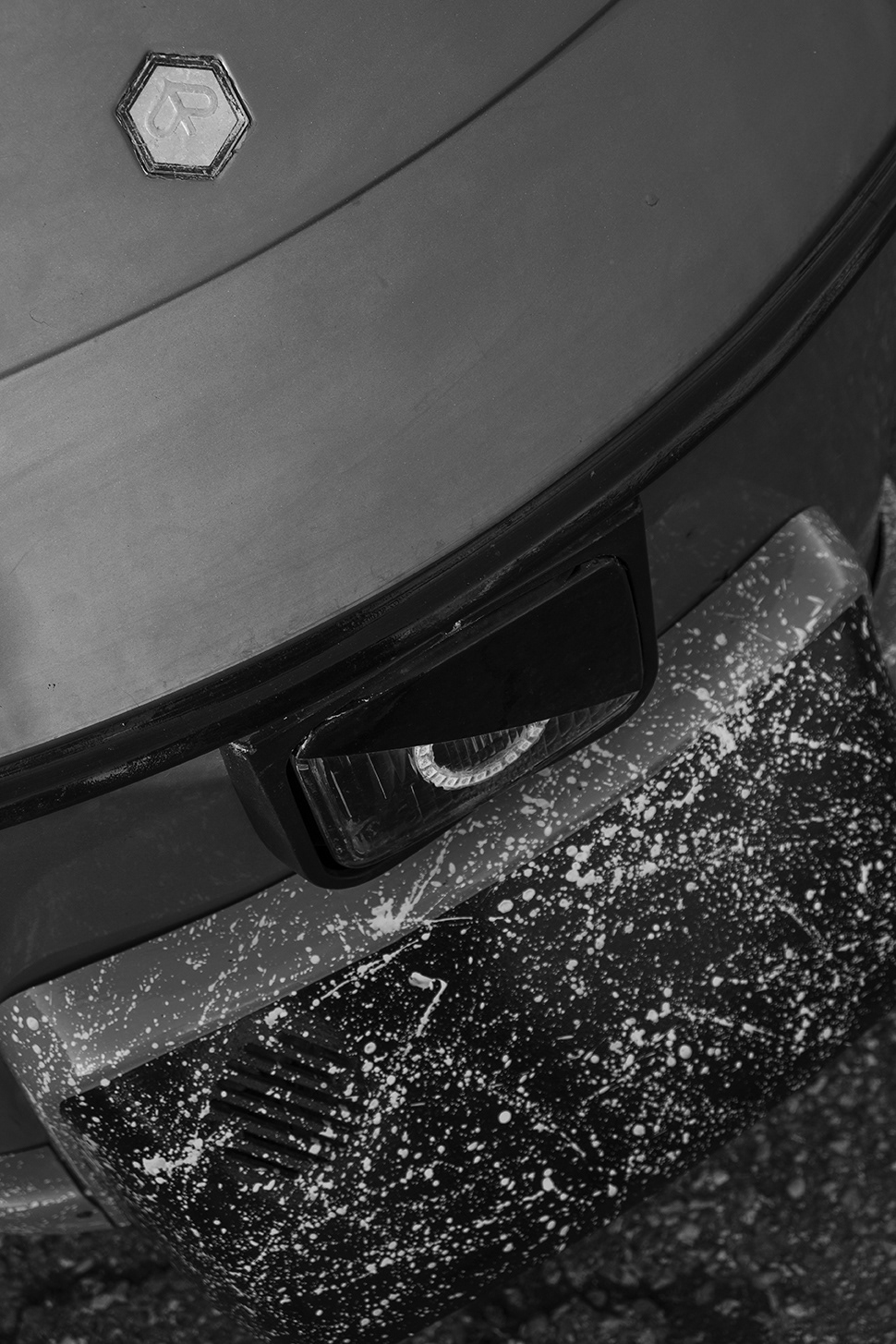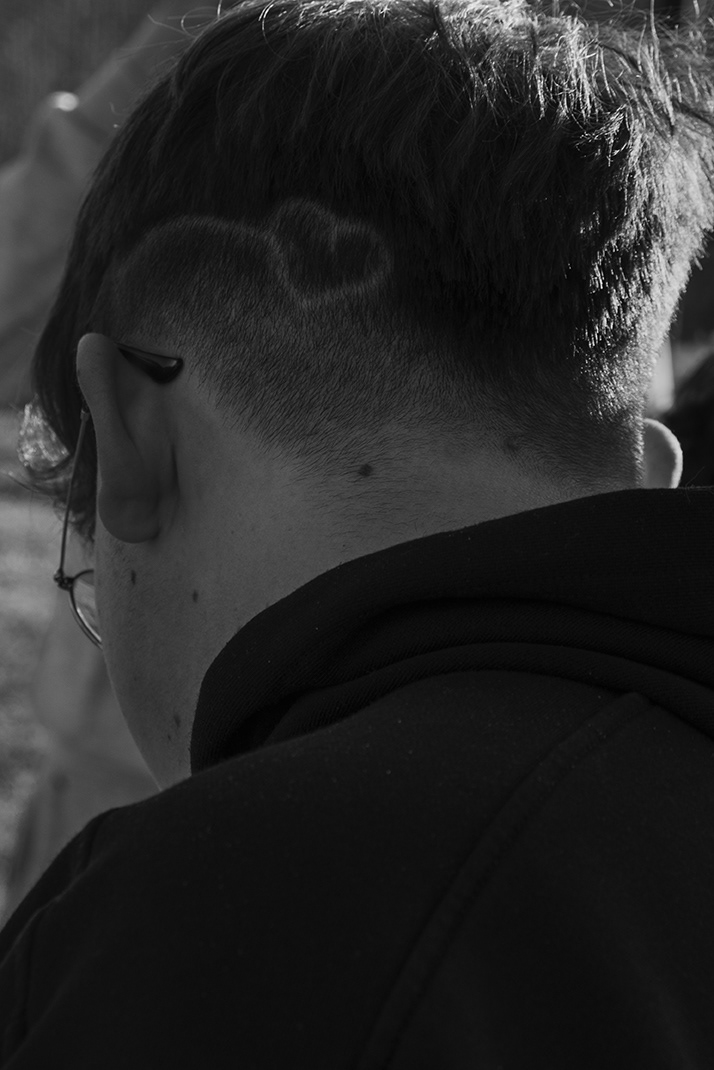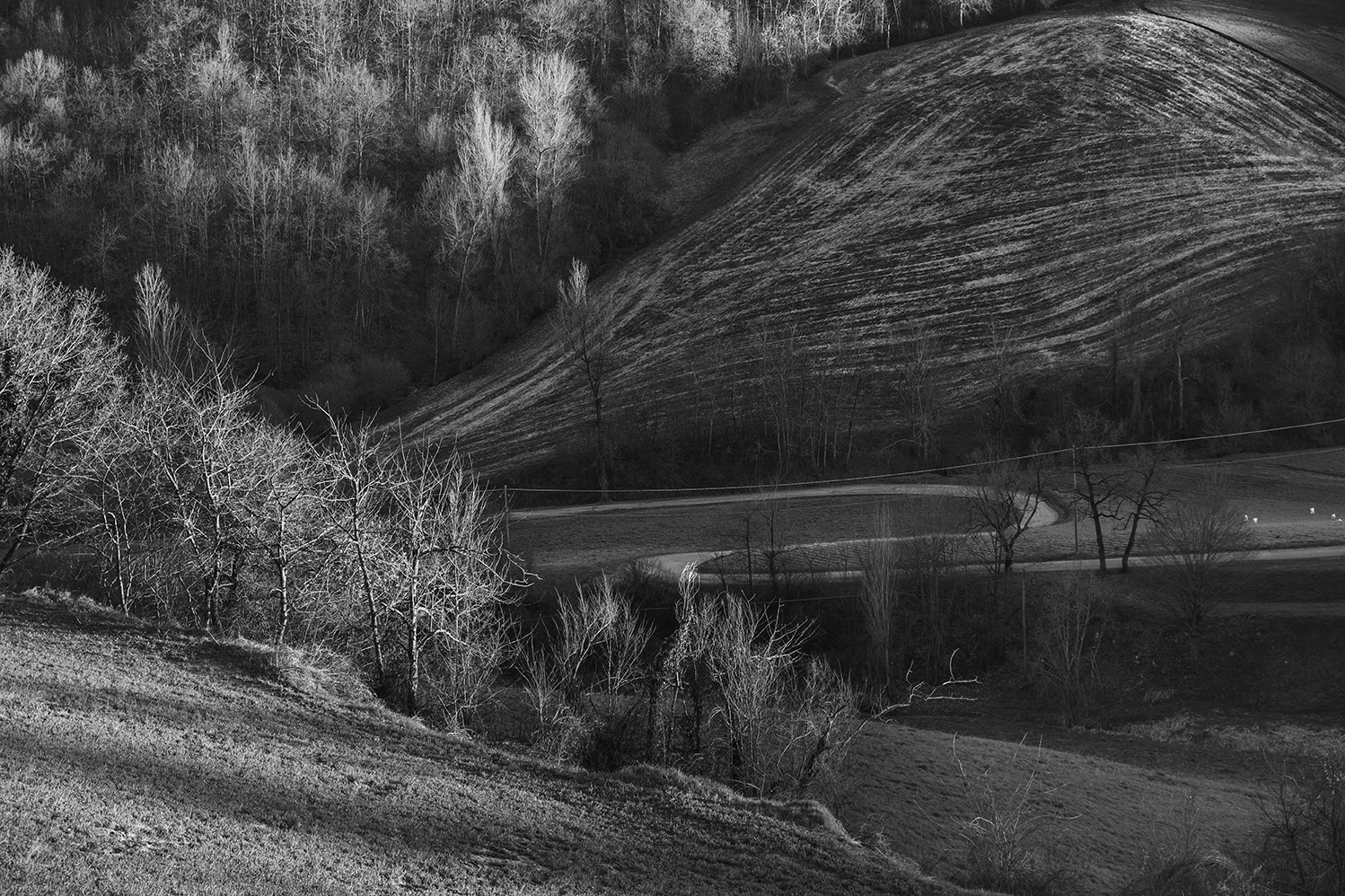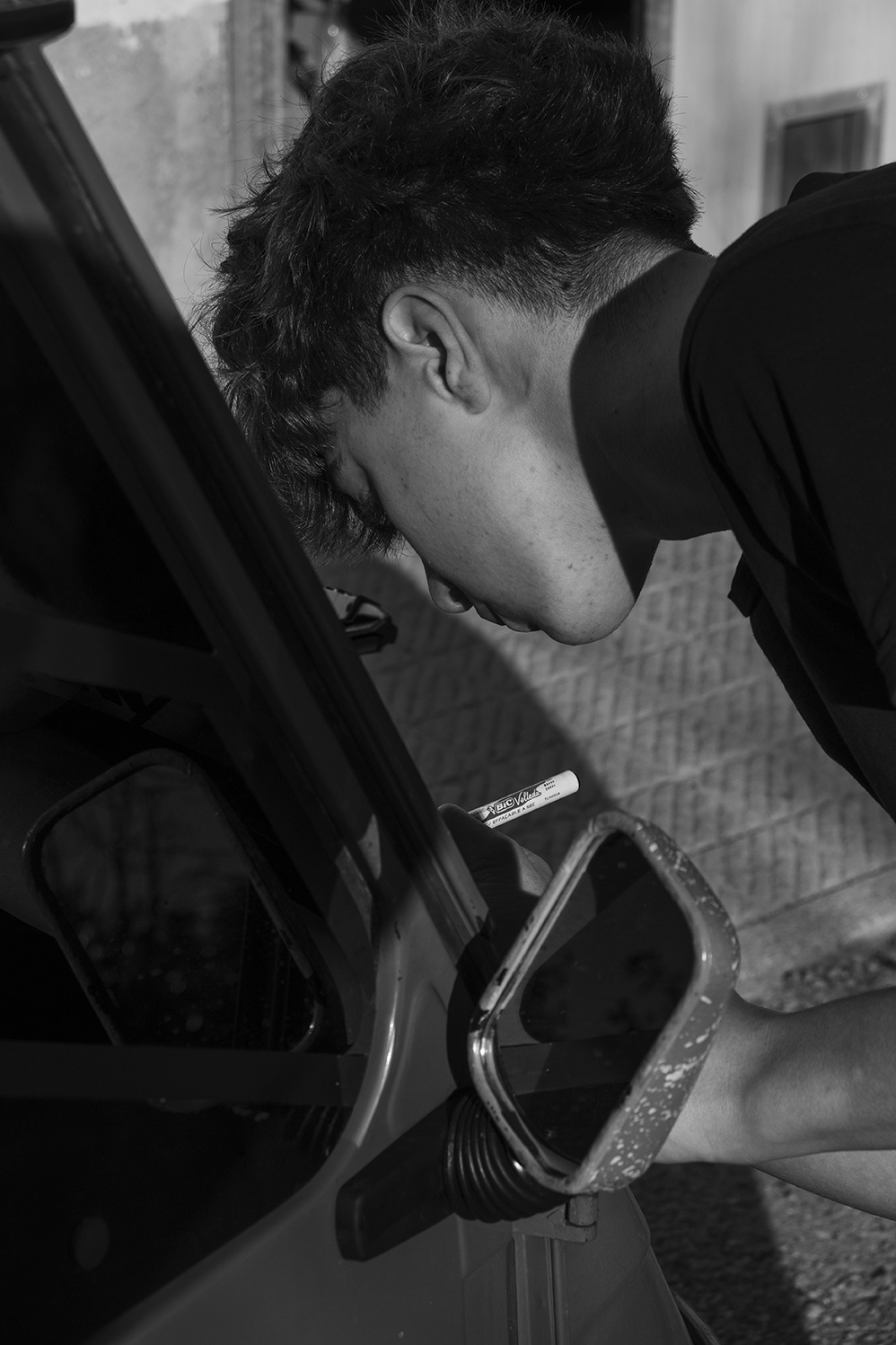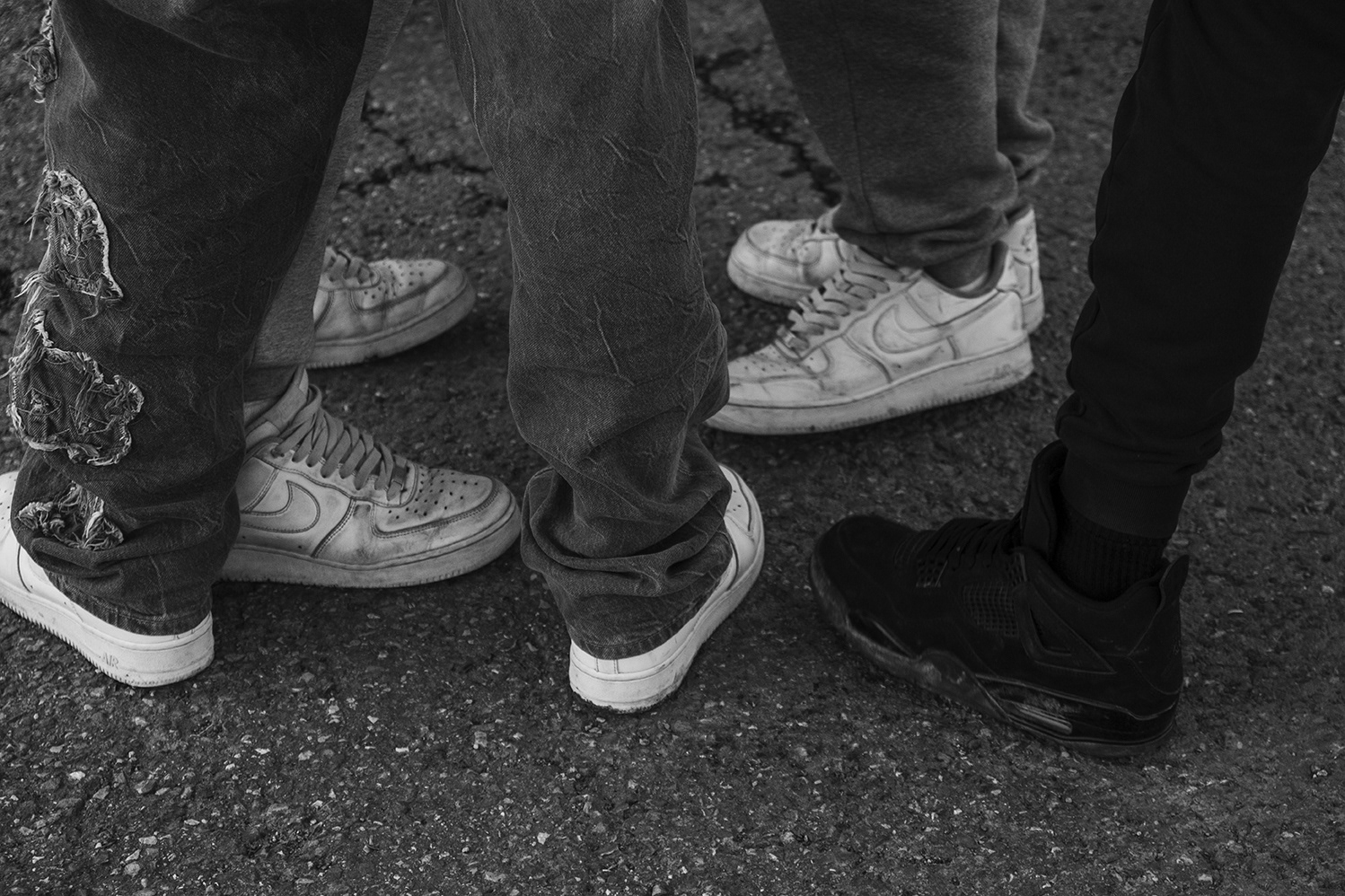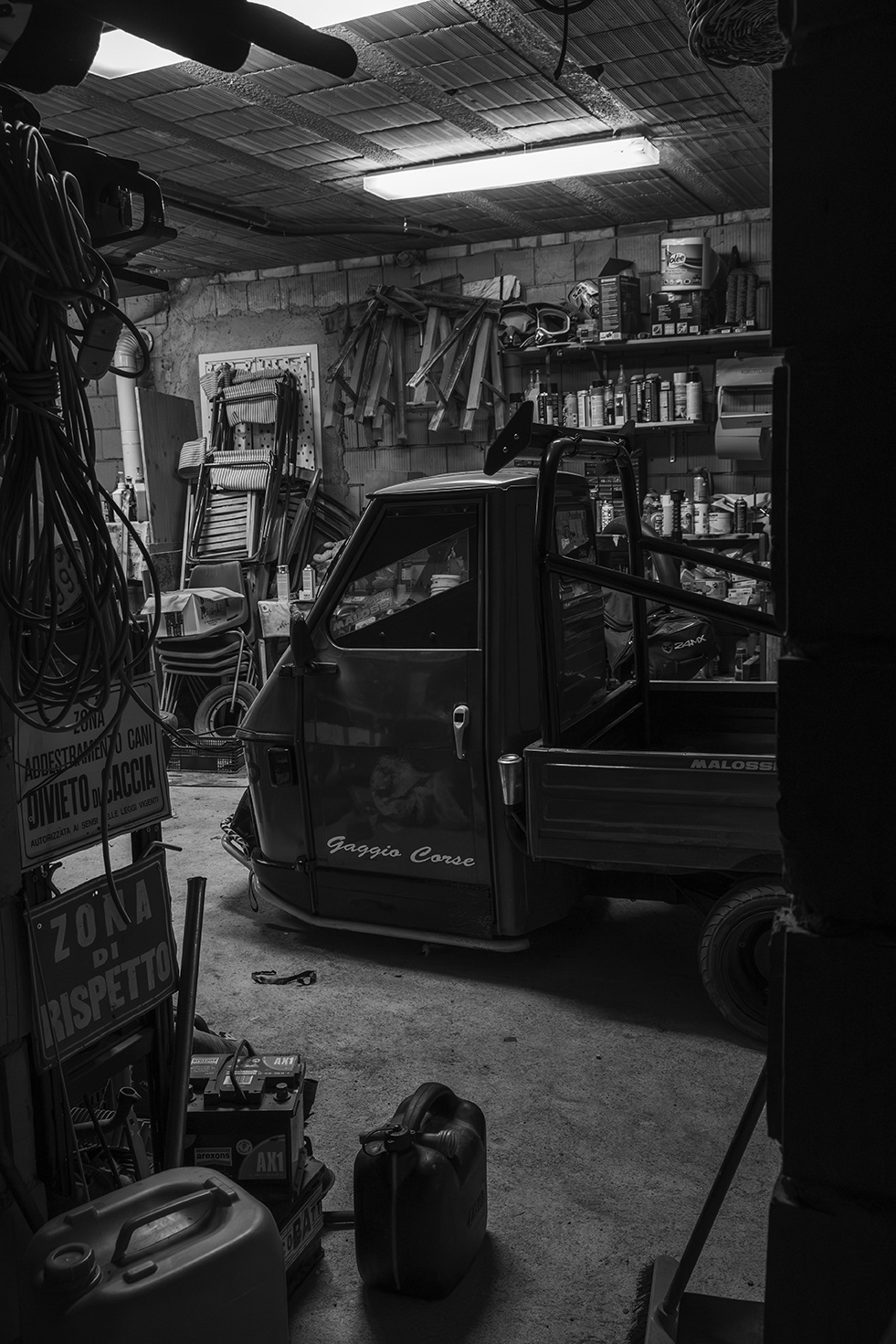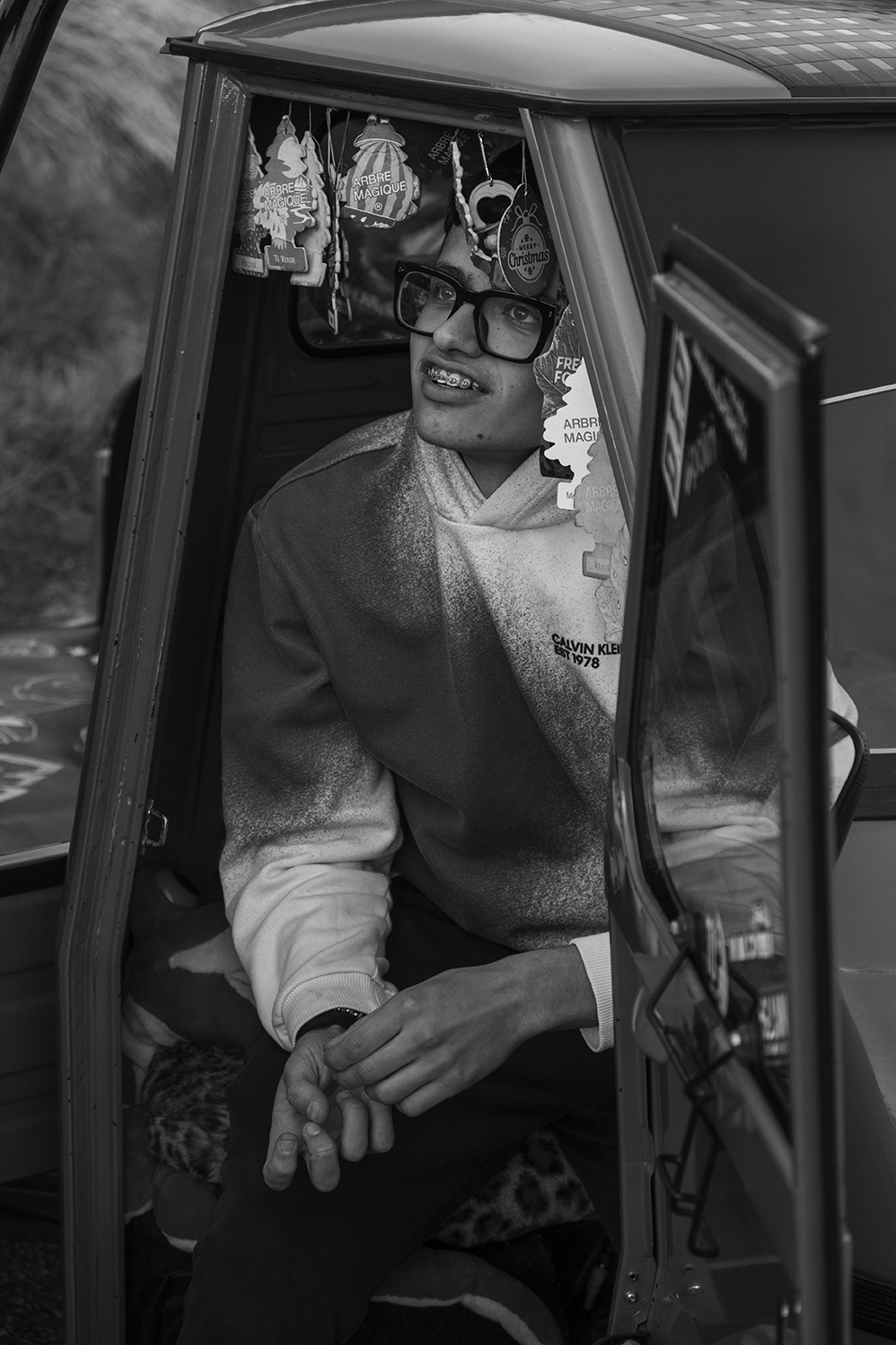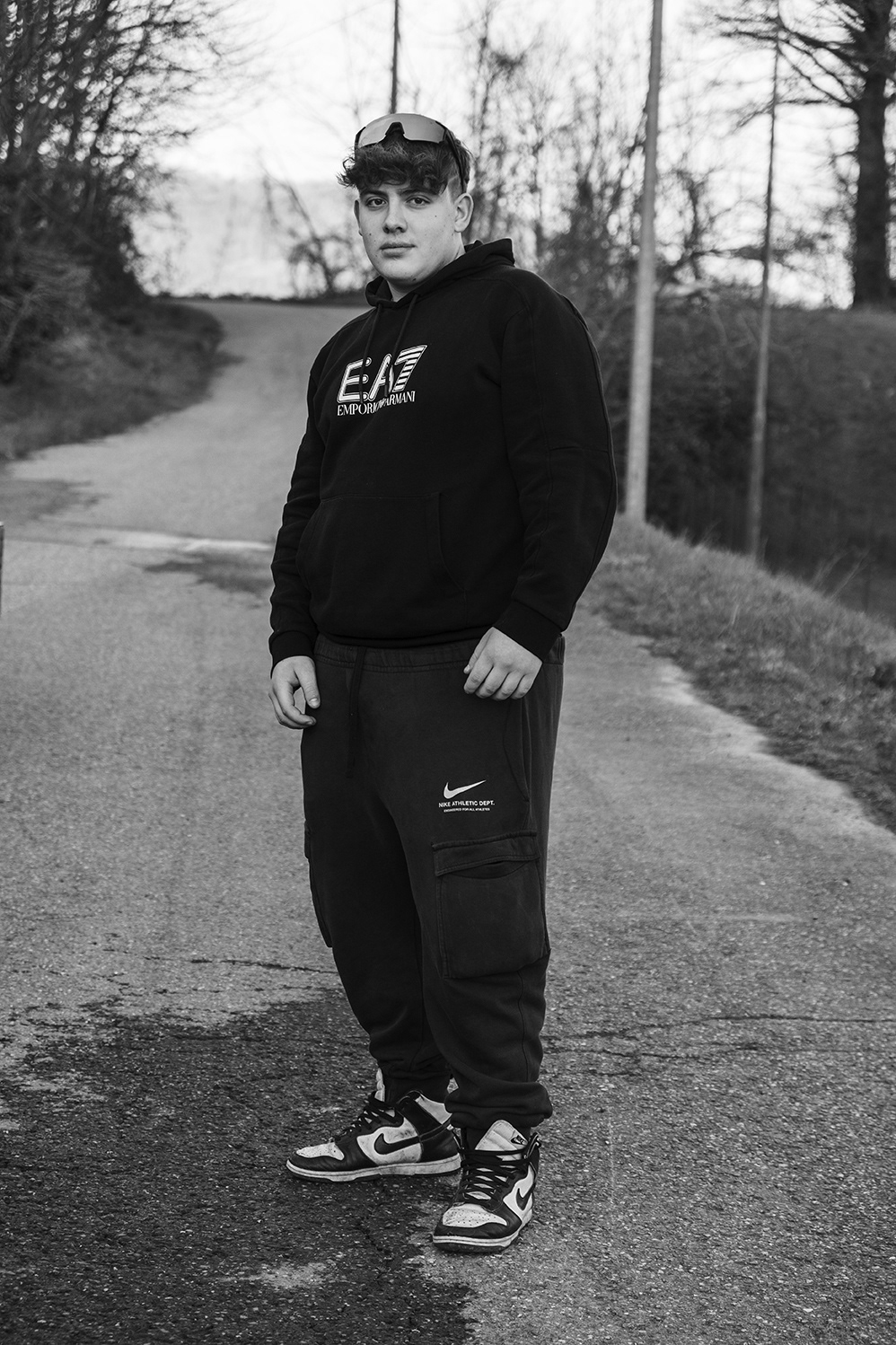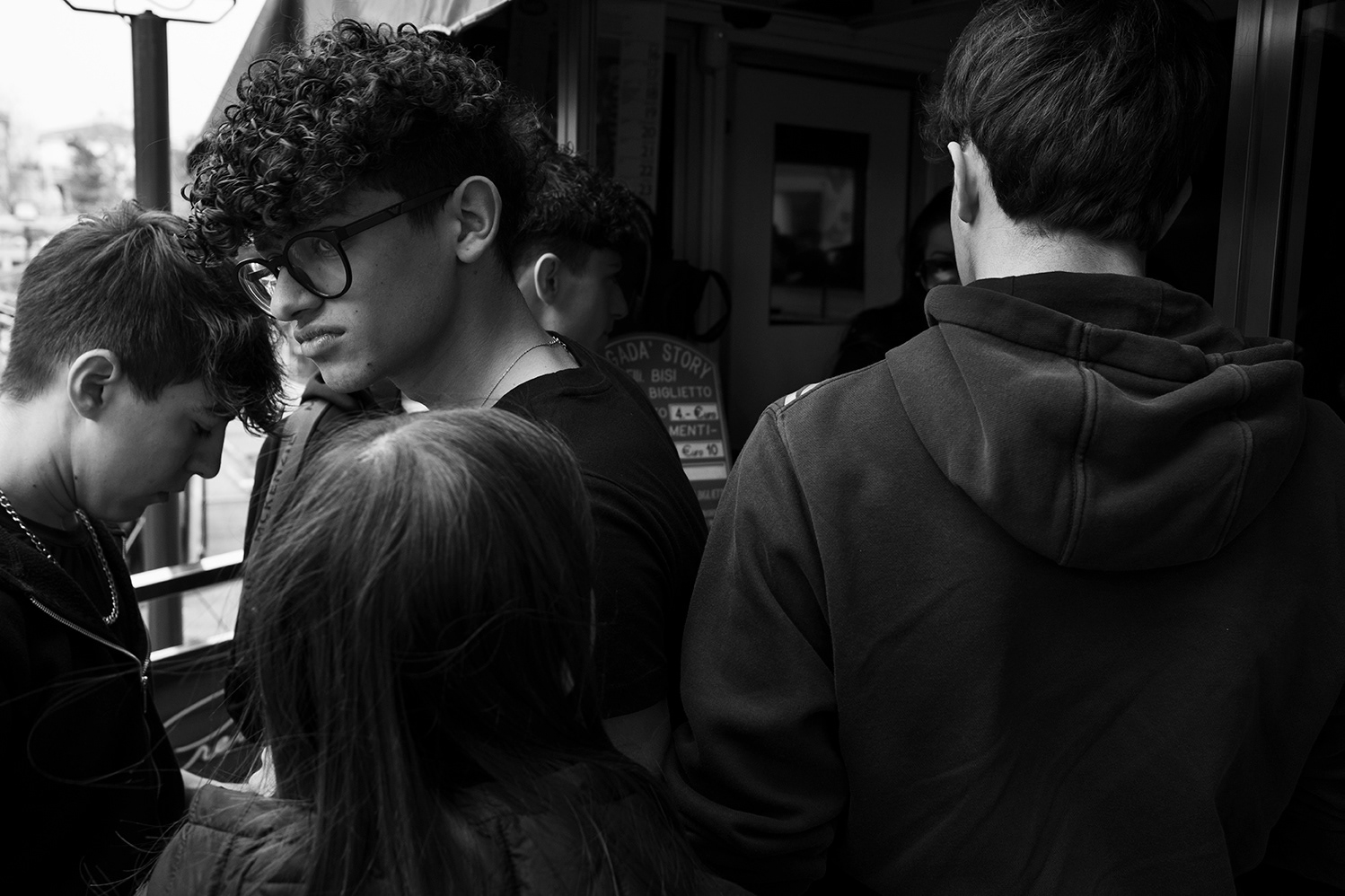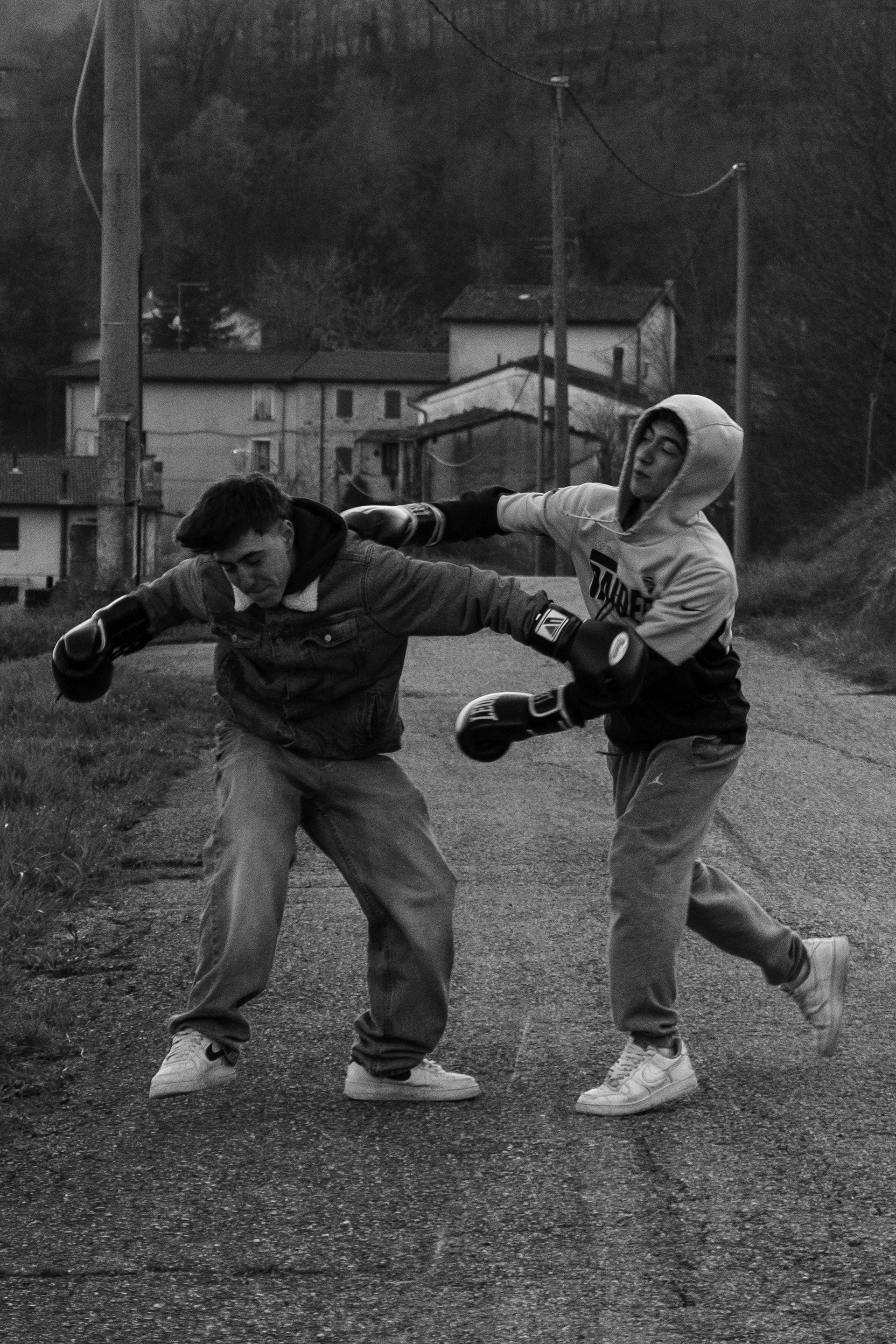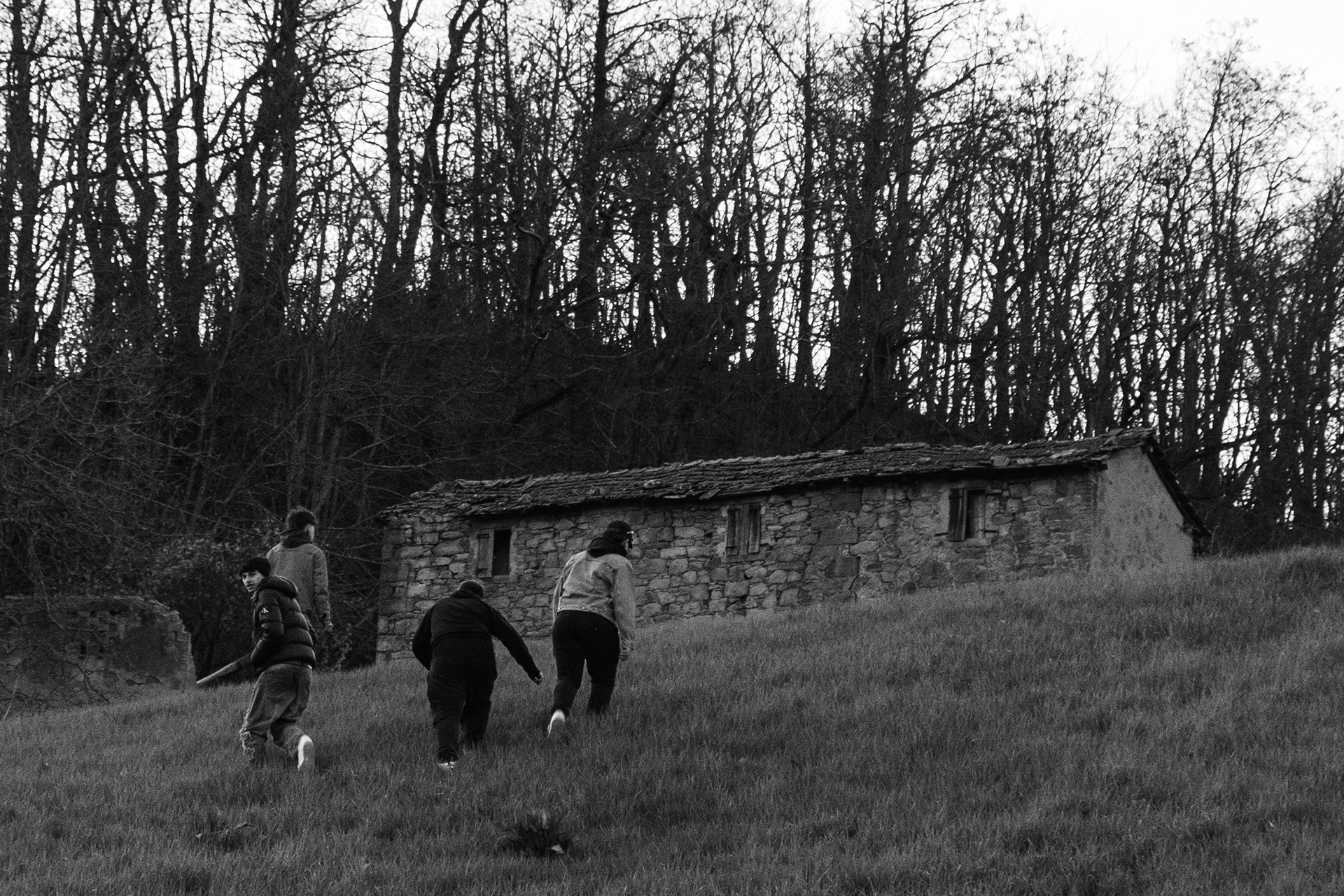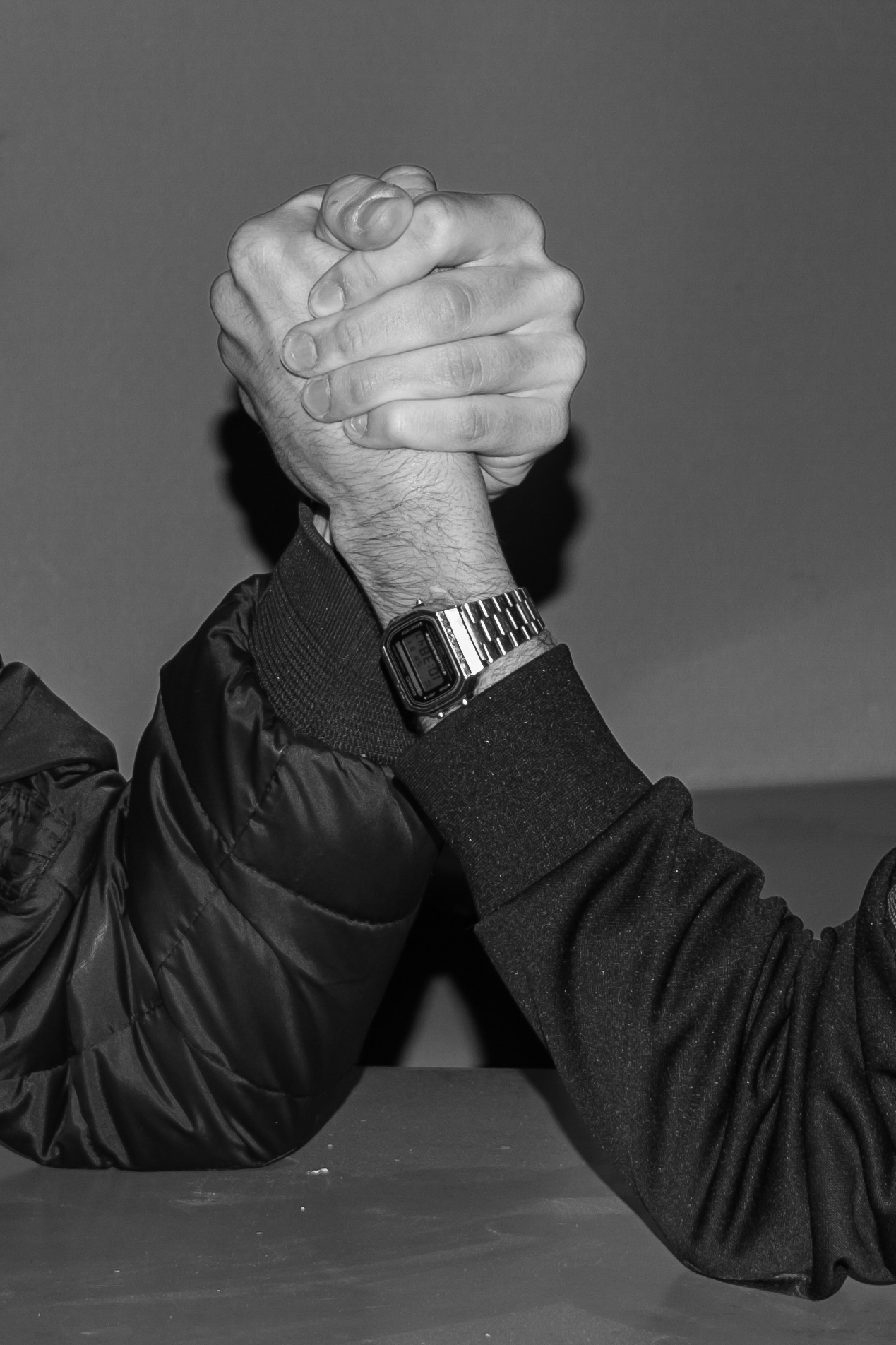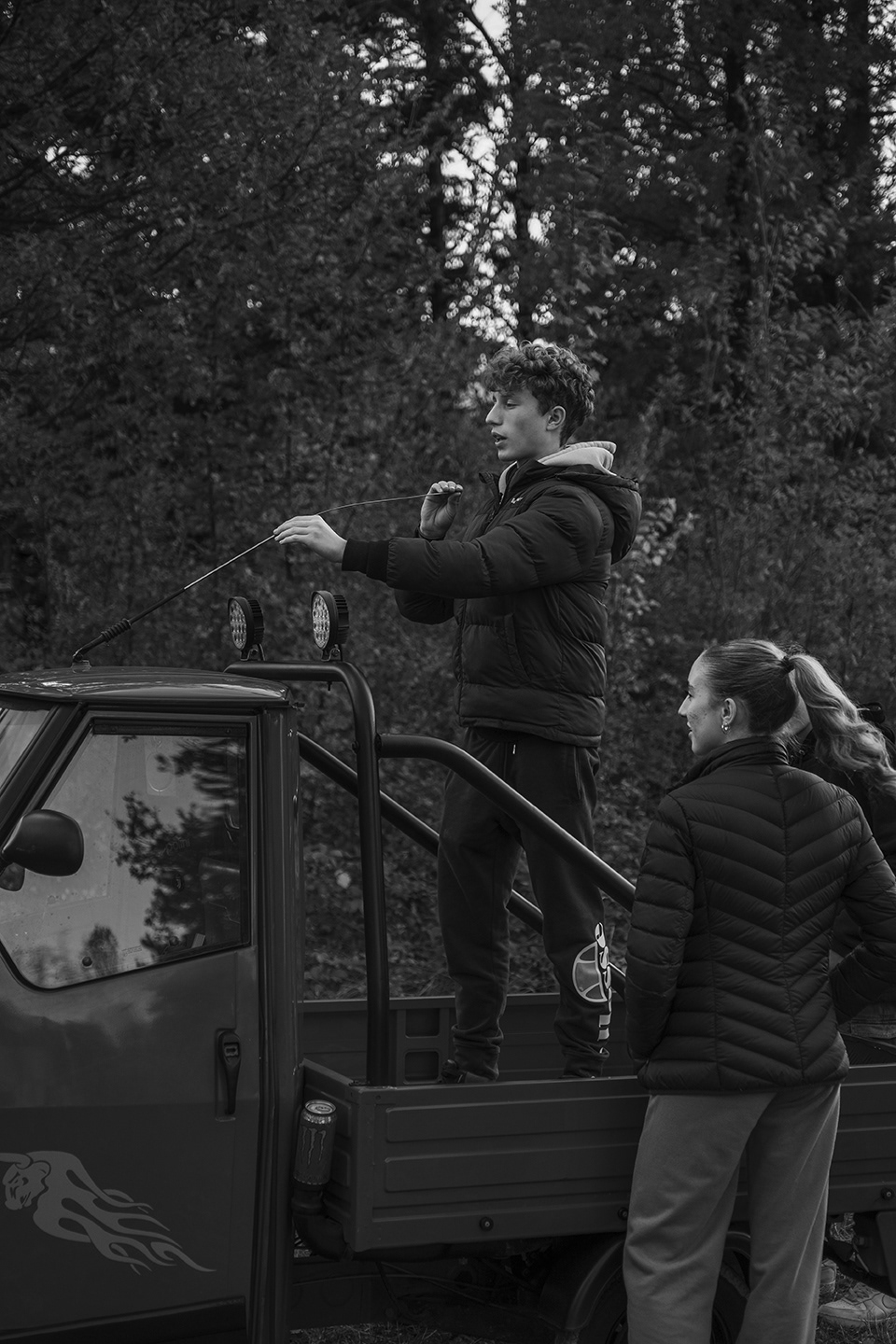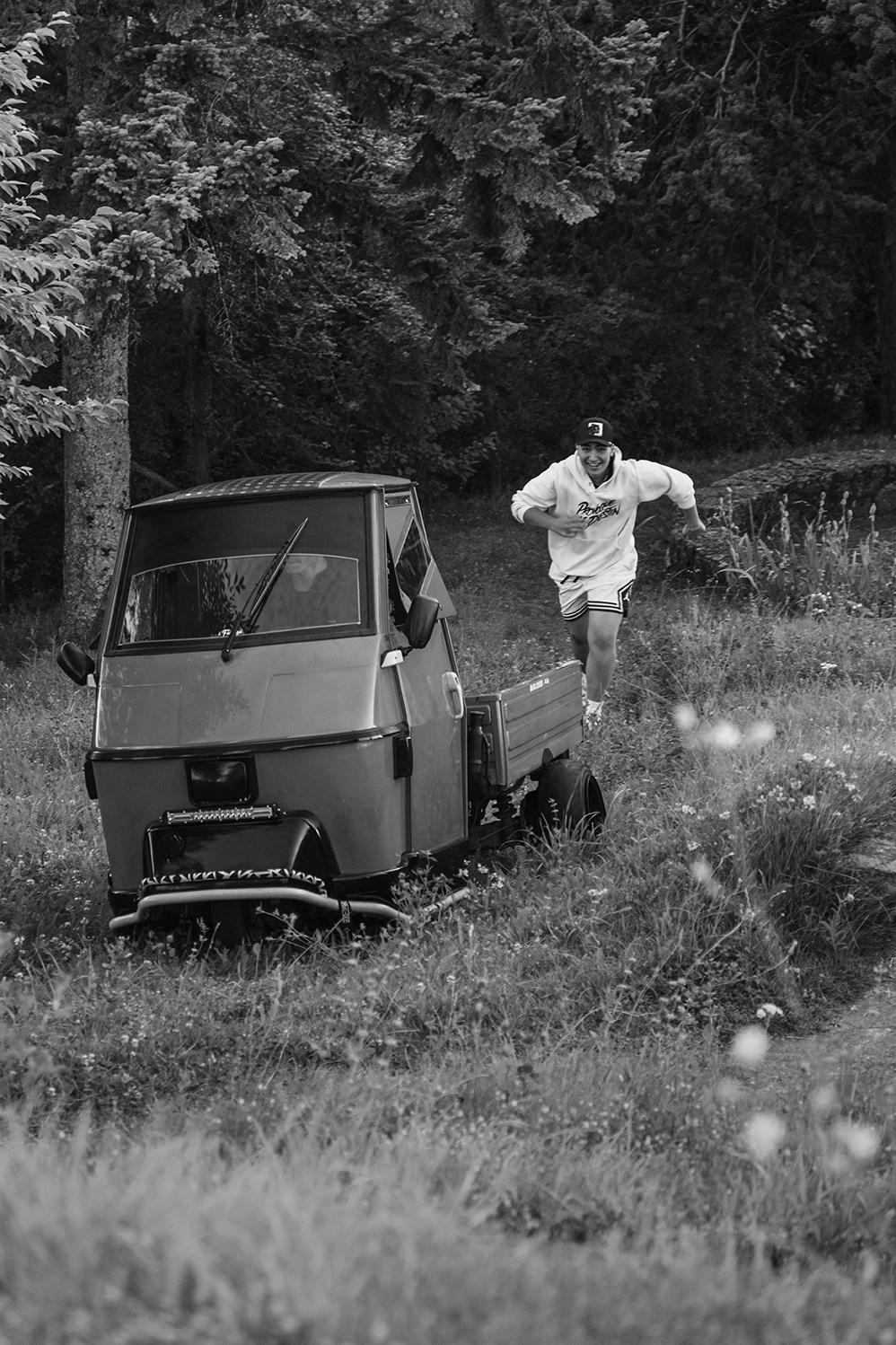In the Reno Valley, just outside Bologna, in these lands where the countryside and mountains can be harsh and silent, especially during the early years of adolescence, a group of young people found a way to break the monotony and create a community by transforming the iconic Piaggio Apecar into a means of expression, socialization, and identity.
Produced since 1948 and derived from the Vespa, this vehicle was originally designed as a work vehicle, but in the hands of these young people, it became the focal point of a social phenomenon.
Like a moving beehive, these young people travel from valley to valley, from town to town, joining others who share the same passion. The silence of the surrounding nature is shattered by the buzzing of their modified vehicles, resembling the sound of a swarm of insects emerging from their hive. These youngsters become the masters of the streets, creating a mobile and vibrant community.
Afternoons spent in a friend's garage modifying the vehicles down to the last bolt, gatherings where they compare the results of their creations, these elements become the distinctive features of a subculture, symbols of belonging and individuality at the same time.
"The Hive" becomes an invitation for the viewer to reflect on how passions can shape identity and community, especially during such a formative age. These young people build an identity alternative to the traditional view of what it means to be an adolescent from the countryside. The modified Apecars become the means by which they try to chase away boredom and loneliness, creating strong and lasting social bonds.
A visual tribute to a generation of young people who, despite the challenges of rural life, have found a unique and creative way to express themselves and create community. A simple work vehicle can become the catalyst for a complex social phenomenon, a symbol of resistance against isolation, and a means of asserting one's identity in the world.
